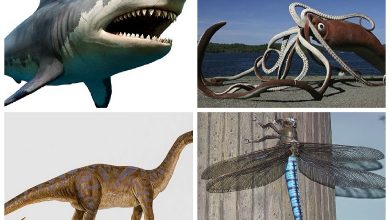Not 7 human years: this is how you calculate the ‘real’ age of Dog

Calculating the age of your dog is much more difficult than first thought. The idea that you just have to do the age of your four-legged friend times seven, according to a number of scientists, is complete nonsense. For example, dogs do not age at the same pace as humans.
That’s why researchers from the University of California, united in the Dog Aging Project, developed a new formula. They looked at the changes in the DNA of man and labrador over the years. They specifically looked at the methyl groups, or molecules that add themselves to the DNA at a constant speed. These can be used to measure the age of both dogs and humans, also known as the epigenetic or internal clock.

After ten months of puberty
The researchers saw that dogs and people are getting older in a similar way. This is only much faster in dogs in the first years of life, then the curve flattens out. A dog gets its first teeth when it is seven weeks old, a baby when it is about nine months old. A dog is already at puberty at ten months.
In addition, dogs with the same age-related diseases as humans. For example, a dog of a year gets the same signs of age as a person of 30 years. If dogs reach the age of 3 years, they can be compared to a 50-year-old human being. After that year of life, however, he ages much less quickly. For example, the age of a 12-year-old dog corresponds to a person of 70.
But how do you calculate the age of your furry friend? For that you need the sign ‘In’ or logarithm on your calculator. Then the formula looks like this:
16 x In(age of dog) + 31
Simply put, human age is the same as 16 times the natural logarithm of a dog’s age plus 31. If your dog is 6 years old, you have to do 16 x ln(6) + 31, which gives a result of 60 years.
The research team published its findings at the beginning of this month in a first article that is now being reviewed by other experts prior to its actual publication in a scientific journal. According to the scientists, the study is especially important to gain insight into the aging processes of dogs.
This research was carried out on labradors, but in thee future the scientists want to apply this to other dog breeds as well, in order to find out more about why some dogs become ill at a very young age and others do not.




